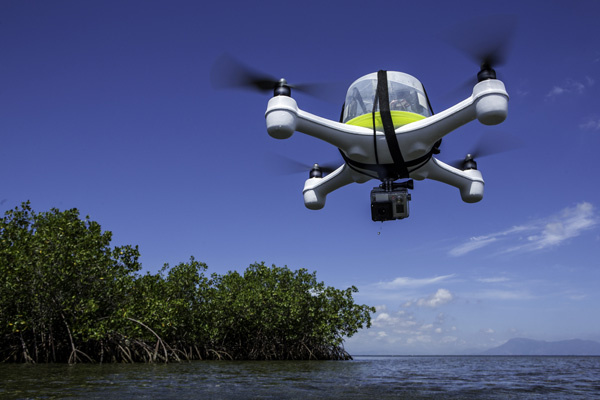By George Aine
Tourism continues to be a pillar of Uganda’s economy, contributing nearly Shs7.3b to Gross Domestic Product (GDP) in the financial year 2015/2016. This translates into 9 percent of the country’s GDP. This was an increase from Shs6.3b in 2014/15 financial year. Total tourist arrivals have grown from 1.15m in 2011 to 1.3m in 2015.
However, Uganda has not realized its targeted proceeds from tourism for several years. While this is attributed to the fragile security situation in the Horn of Africa, several industry players say the problem, in part, is related to a poor marketing strategy.
Mr. Damian Cook, the CEO of E-Tourism Frontiers, says Uganda sells less than 2 percent of its tourism online. Compare that to 50 percent global average or 70 percent in the US. However, several experts say government and other industry players need to adopt technology tools that will standardize the sector. Below are some of the technologies;
Social media/Online marketing
Uganda tourism players must move away from printing the airline ticket, boarding pass or hotel reservation. With online reservations, mobile check-ins and e-tickets, time and money can be saved.
Social media has evolved from an avenue for connecting friends, to a means by which businesses are linked to markets. Any business that does not take social media seriously should not be in business. Social media marketing could be effective on a grand scale. Twitter, Facebook, and Instagram all offer fantastic ways for travel brands to reach out to new customers and develop a loyalty that was thought long lost.
Must read: MTN unveils new voice bundles
Patrick Kateregga, the online marketing official at Uganda Tourism Board, says social media has already done wonders for the Board.
“We have seen the magic of social media over the last three years, Kateregga admits. “In 2015, we got three PR agencies in the US, the UK, and Germany to help us interest tourists in visiting Uganda. The ones in the UK and Germany opted to use social media, and ever since they went that route, the numbers from those two markets increased dramatically,” he adds.
Spacey Kawarach Oreste, a marketer with Marasa, a tourism company, says online marketing can transform Uganda’s tourism industry but it is not fully utilized.
Communication technologies
Technology such as walkie-talkies or wireless communication systems that enable voices, text, and data communication among employees, managers, departments, and guests can be adapted by hotels and restaurants. These devices allow staffs to deliver the best customer service to consumers.
For example, more and more hotels in developed countries are nowadays implementing radio frequency identification (RFID) keycard on the rooms’ doors and the key card must be inserted into the key card holder to power on electricity inside the room. This method helps hotels to decrease electricity budget. Seamless connectivity across platforms and devices is growing more important. Many hotel groups are offering mobile check-in and digital concierge services.
Wi-Fi connectivity
When traveling, people want to always be connected, either to get destination ideas, options regarding places to visit or eat, find directions to points of interest, or share their experience with friends via social media or other connectivity platforms. As a result, investing in network services helps companies offer a more seamless and highly personalized experience to customers, boosts operational efficiency, real-time decision making, strengthens the physical (via CCTV) and the cybersecurity, along with data privacy.
Drones in game parks
It has always been difficult to get much-needed medicines and supplies to remote areas. Rural Africa is often remote, lacking navigable roads, if at all. Drones can help. And this is not just fantasy; it is already happening. In October 2016, Rwanda, in partnership with an American drone service provider, launched a drone initiative to deliver emergency medical supplies to hospitals, blood from the national blood bank, for instance, reducing delivering times to less than 30 minutes from hours previously. Drones can also be less expensively deployed for postal and courier services. Online purchases can be delivered likewise. They can also be used relatively inexpensively to survey farmland, disperse fertilizers, transport needed supplies to disaster zones, and monitor oil and gas pipelines. In Nigeria, where militants in the southern Niger Delta region have been blowing up crucial pipelines, the authorities plan the use of drones to monitor them and even strike erring militants. Farming, mining, and construction activities could use drones for varied purposes as well.
Related:
KCCA finally reveals innovation prize money
Why Instagram is becoming ideal for social media marketing

